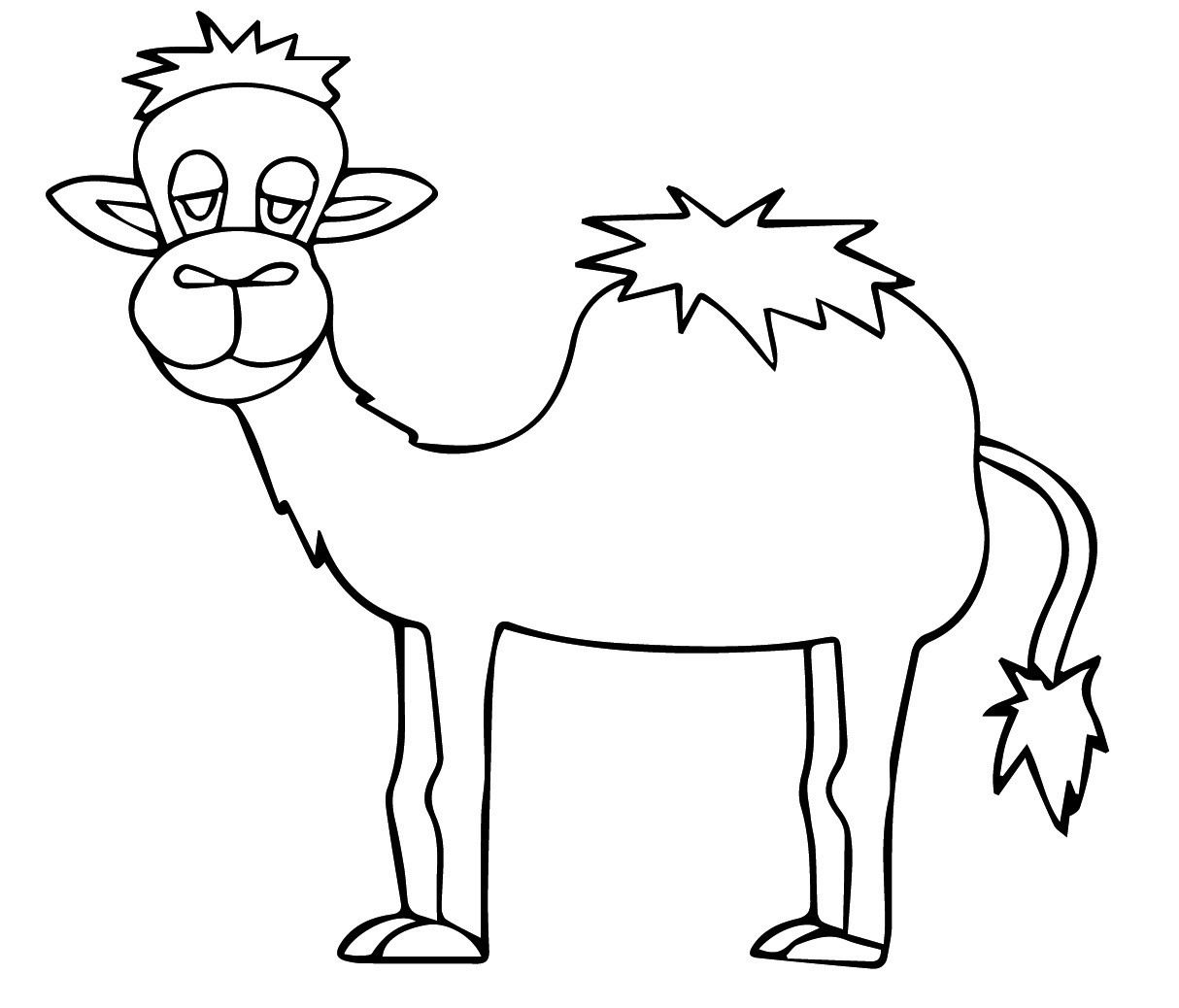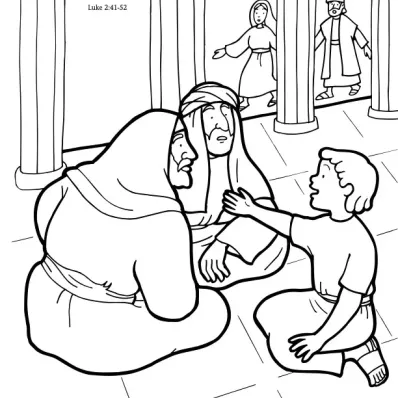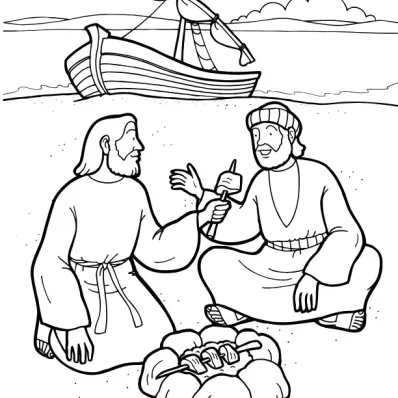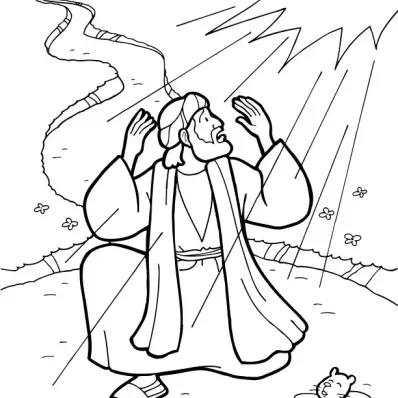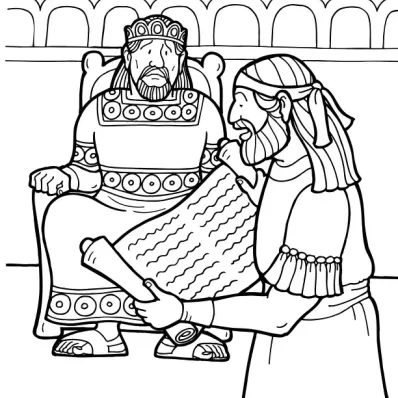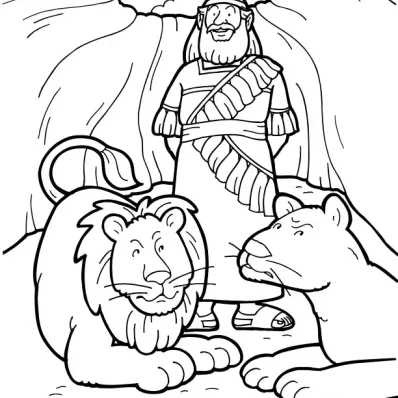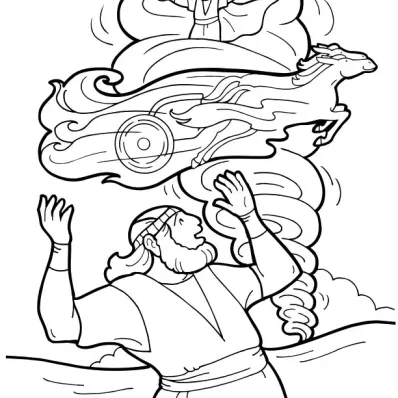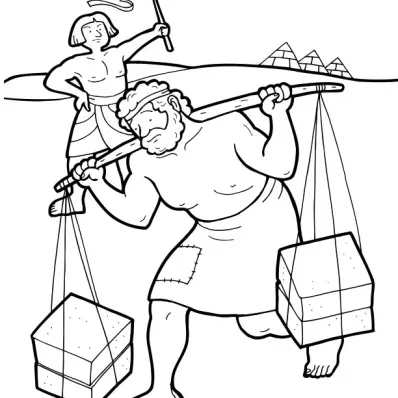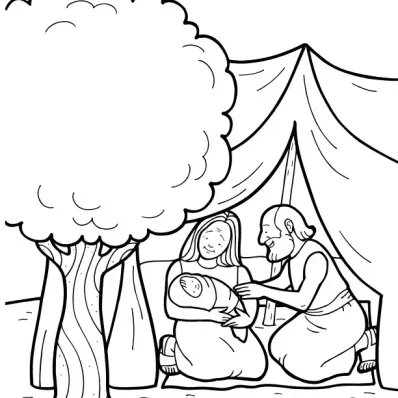In the Bible, the image of the camel is often associated with wealth, trade, and travel. Camels were commonly used as pack animals for trade and transportation, particularly in the Middle East, where they were well-suited to the arid desert climate. The image of the camel is also significant in several biblical stories, particularly those involving Abraham and his descendants.
In the book of Genesis, Abraham is described as owning many camels, which were used for trade and transportation. When Abraham's servant was sent to find a wife for Isaac, he loaded ten camels with gifts and set out on a long journey to find a suitable bride. Similarly, in the story of Joseph, his brothers sold him into slavery and sent him to Egypt on a caravan of camels.
The image of the camel is also associated with the wise men who visited Jesus after his birth. According to the biblical account, the wise men came from the East, likely from the region of Persia, and brought with them gifts of gold, frankincense, and myrrh. They would have traveled a great distance, likely using camels as their mode of transportation.
Overall, the image of the camel in the Bible is a symbol of wealth, trade, and travel. It reminds us of the importance of trade and commerce in biblical times, and the role that camels played in facilitating travel and transportation. It also serves as a reminder of the many journeys that characters in the Bible undertook, often in search of God's will or to fulfill a specific purpose.
Finally, the image of the camel can also serve as a reminder of the wise men who traveled from afar to worship Jesus. It reminds us of the importance of seeking out Christ and of the great lengths to which people will go to find him.
